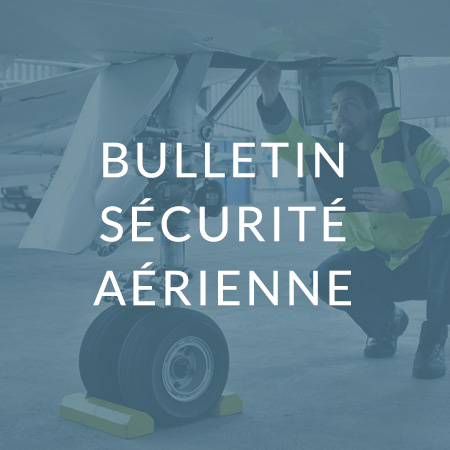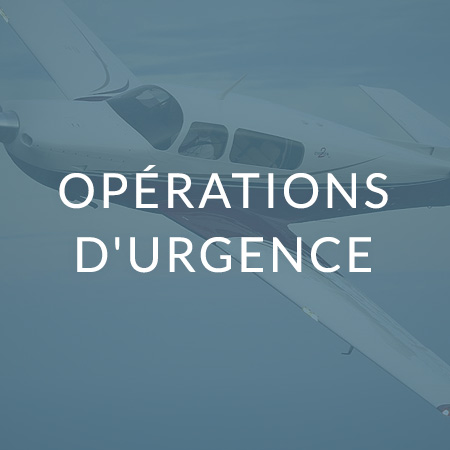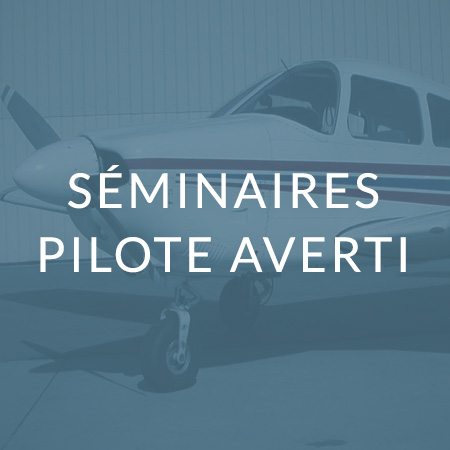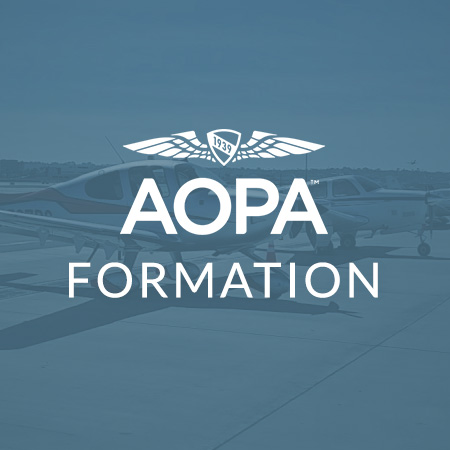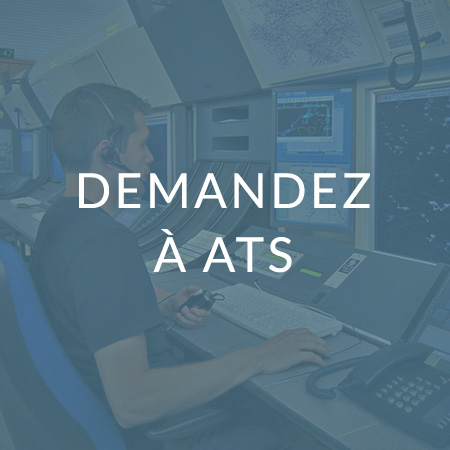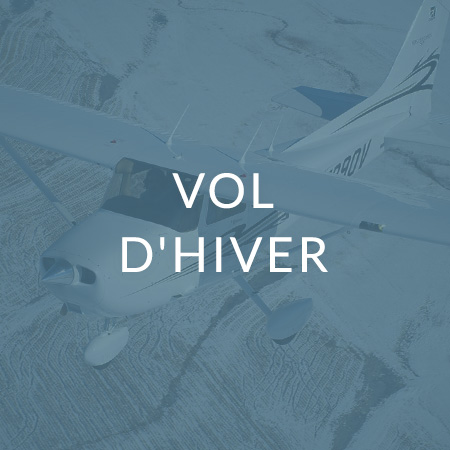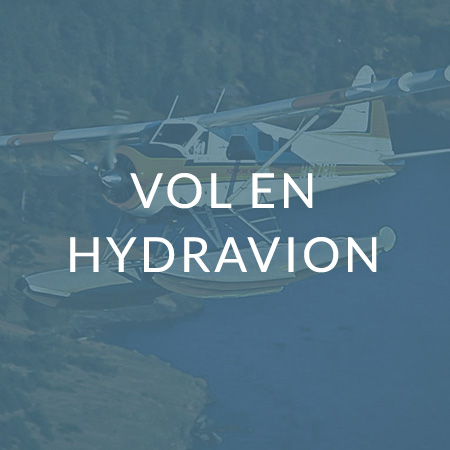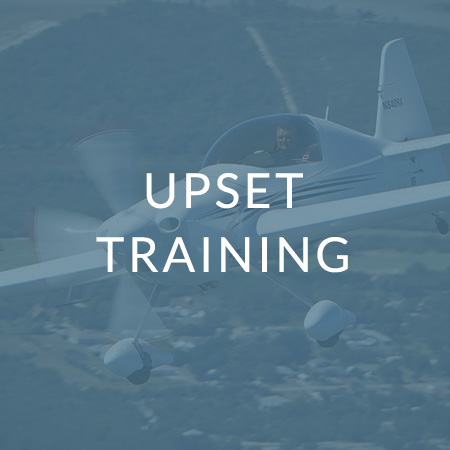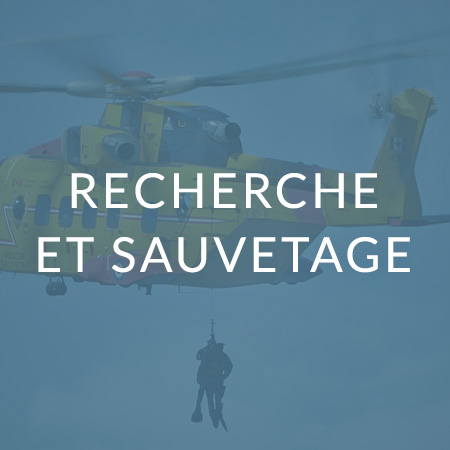Upset Training
One of the most rewarding aspects of floatplane flying is the unlimited opportunities for exploring our country’s vast number of lakes, rivers and coastal areas.
Introduction
One of the most dangerous and disorienting situations to be in is an aircraft upset.
This sudden, drastic loss of control accounts for over 40% of fatal aviation accidents, out-placing the number two fatal category, controlled flight into terrain, by a 3:1 ratio.
Why the high fatality rate?
Because most aircraft upsets occur near the ground - in situations where pilots have very little time to react, and recover control of their airplane.
Stall and Spin Awareness
Your all-attitude training will likely begin in a classroom. Here you will begin to learn some of the basic aerodynamic concepts that will aid you in your ability to prevent and recover the aircraft in an upset scenario. Your instructor will guide you through - step-by-step - how and why an aircraft behaves the way it does at various points within its flight envelope.
Unusual Attitudes
While stall/spin training can be thought of as angle of attack management, unusual attitude recoveries require acute situational awareness. Stall/spin accidents can be avoided by a solid understanding of aerodynamics - by knowing how an airplane will behave at various phases of flight, and how to stay out of the danger zone.
Stall-Spin on Final
One of the most common upset scenarios a pilot can find themselves in is a stall/spin while turning base to final. Unlike upsets that take place outside of the pilot’s control, such as those caused by wake turbulence, a stall/spin usually happens because of pilot lack of control, or overcontrol.
Roll vs Pull
Although rare, finding yourself in an inverted, nose-low attitude is startling to say the least. Mechanical and wake turbulence are two of the likely causes of an upset of this nature. It is imperative that the pilot get the aircraft back into an upright straight-and-level attitude as quickly as possible to prevent an excessive build-up of airspeed and loss of altitude. As the upset often occurs low to the ground, a quick reaction is necessary to prevent the aircraft from impacting the ground.






